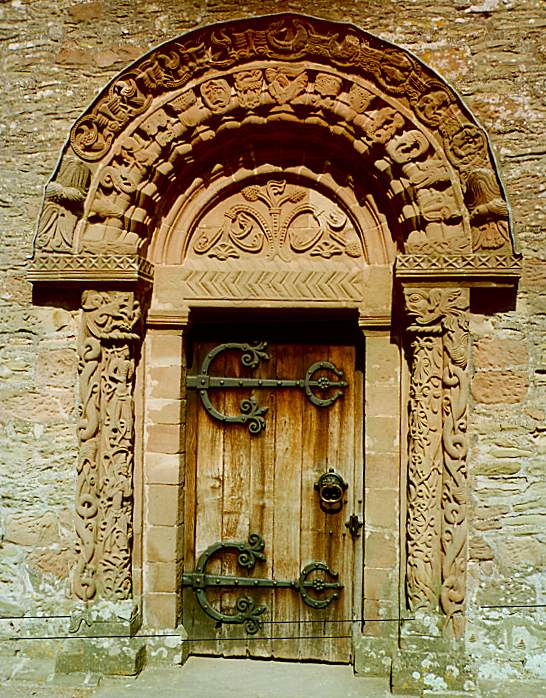Kilpeck Church: a window on medieval 'mentalite'
Historian article

In the village of Kilpeck, about eight miles south-west of Hereford, may be found the small parish church of St Mary and St David, justifiably described by Pevsner as ‘one of the most perfect Norman village churches in England’ (Pevsner 1963, 201). Seemingly remote today, in the twelfth century the church was located within a developing seigneurial landscape, although the Archenfield, the district within which Kilpeck lay, on the vulnerable western flank of the English kingdom, had only recently been assimilated. Associated with the patronage of Hugh de Kilpeck, a minor baron, the church was built during the 1130s and completed by 1140, in the reign of King Stephen. Following the classic Romanesque three-celled plan, the church is relatively complete and well preserved, comprising a rectangular nave, square chancel and apsidal sanctuary, the liturgical importance of the latter being emphasised by its vaulted roof. Built of local sandstone, the building has long been noted for the lavish sculptural schemes associated with it, attracting the attention of scholars since at least the nineteenth century. Sir Alfred Clapham recognised this as the work of a twelfth century regional school of sculpture, while his student, George Zarnecki, laid the foundations for the modern study of...
This resource is FREE for Secondary HA Members.
Non HA Members can get instant access for £2.75

